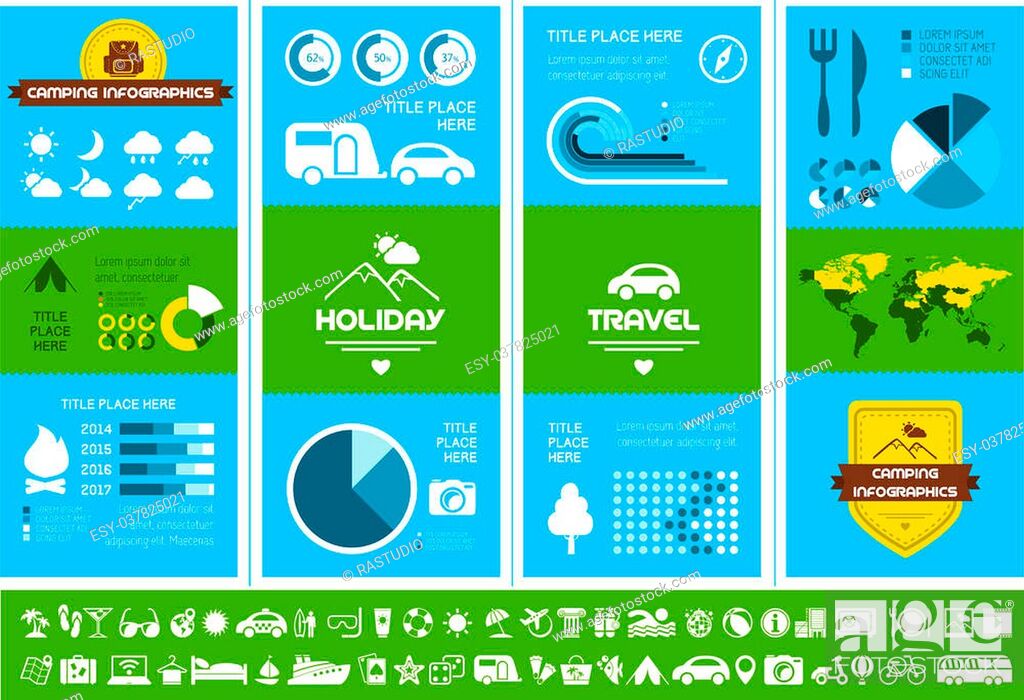The conelike form of a bell tent makes it among the most effective shelter designs in background. Recognized by many names, consisting of the Tipi, Chum, Goahti, Lavvu, or Nentsi, these single-pole cotton canvas outdoors tents were made with usefulness in mind.
Can you camp in 50 mph winds?
Their simpleness and convenience of setting up made them optimal for societies on the move. This same functionality caught the eye of recreational campers, that quickly included brief wall surfaces to develop a timeless outdoor tents style that we currently referred to as the Bell Camping tent.
Origins
Bell tents are an attempted and examined kind of instantaneous holiday accommodation. Their sizable insides and sensible layout-- they are strong, simple to establish and can endure strong winds due to their iconic bell form-- have actually made them a prominent choice for camping and glamping.
The modern-day bell camping tent traces its roots back to a 19th century army outdoor tents created by Henry Sibley. He adapted the design of the American Indian tipi to create his unique outdoor tents which was after that embraced by the army for use in army camps and explorations.
The concepts of this camping tent-- rugged and tough canvas providing a home-away-from-home for tourists-- have actually been fine-tuned in time to accommodate the demands of modern campers. For instance, modern-day glamping outdoors tents use facilities such as rugs and beds to boost the convenience of campers. These functions also aid to preserve the stability of the original layout and secure against the components.
Army Use
In the 19th century, bell tents were first made use of as armed forces field shelters. They were a preferred option because they were durable, spacious, and very easy to set up. Today, these tents are preferred among campers and glampers for their stylish and practical layout.
They are likewise widely made use of in armed forces and rescue procedures, where fast deployment is vital. Their easy framework indicates that they can be established in a brief amount of time, offering workers more time to concentrate on the objective handy.
The bell camping tent is generally made from a durable and weatherproof canvas, with a centre post that's sustained by a collection of fixes. Duration prints show that these outdoors tents were formed more like a cone than a squat framework, and the walls were small in connection with the height of the facility pole. This permitted them to stand up to wind and rain. They were usually utilized by the ANZAC soldiers on their explorations across Europe and Gallipoli.
Glamping
Glamping is a contemporary outdoor pastime that has come to be progressively popular. Individuals from all walks of life are seeking a method to enjoy the outdoors in comfort and design. Whether it's a romantic vacation or a family outdoor camping trip, a top quality outdoor tents can make all the difference.
A bell outdoor tents's round shape aids with stability in gusty conditions, while its large interior can fit many people. It is likewise very easy to set up, calling for only a main pole and a conelike canvas roof that clears up right into a broad base.
The bell outdoor tents was created by Henry Hopkins Sibley, a United States Army soldier that offered on the Texas frontier in the 1850s. He took motivation from tipis he saw, and created a design that was durable and conveniently transportable. His camping tent was patented in 1856.
Contemporary Usage
Today, bell tents are a staple in store camping sites, event accommodations, and as sophisticated outdoor shelters for wedding celebrations or retreats. Their elegant, classic designs mix practice with modernity, making them a favorite among those trying to find unique and comfortable accommodations that are both aesthetically attractive and remarkably very easy to set up.
The contemporary bell outdoor tents traces its origins back to standard outdoors tents used by nomadic tribes in Northern Europe, yet experienced its heyday around the 19th century when canvas replaced animal hides as the main product. This change, integrated with a sensible design that prioritizes portable heater for camping clearance, saw the appearance of a popular armed forces area sanctuary and, later on, the renowned camping tent we understand as the bell.
In the 1850s, an US Army soldier called Henry Hopkins Sibley produced the initial modern bell camping tent. Attracting ideas from the tipis he had actually seen on the Texas frontier, his new camping tent used a solitary main pole and vents to create a structure that was both long lasting and conveniently mobile.
Why canvas tents can keep water out during rain?
